The mid-2000s represented a unique moment in suburban development and culture across America, characterized by specific architectural trends, retail expansions, and a certain economic optimism. While many suburbs have continued to evolve since then, adapting to new technologies, demographics, and economic realities, others might still feel somewhat frozen in that era. Recognizing the signs that your suburb might have peaked around 2006 can offer insights into its development trajectory and potential future. These indicators often manifest in the physical landscape, the types of businesses present, and even the general atmosphere of the community.
1. An Abundance of Beige and Tuscan-Inspired Architecture

The housing boom leading up to 2006 saw a surge in popularity for certain architectural styles, often characterized by stucco exteriors in shades of beige and interior design elements inspired by Tuscan villas. If your suburb features numerous homes with these design trends, including rounded archways, faux stone accents, and dark wood cabinetry, it might be showing its mid-2000s roots. According to Dwell, this style was widely adopted in new suburban developments during that period. The continued prevalence of these aesthetics suggests a slower pace of architectural evolution.
These design choices, while popular at the time, can now feel somewhat dated compared to more contemporary suburban architecture emphasizing natural materials, clean lines, and varied color palettes. The lack of significant new construction or renovations embracing more current styles can contribute to this feeling of being stuck in the mid-2000s. The dominance of these specific architectural trends across a suburb can be a strong visual indicator of its peak development era.
2. Strip Malls Dominated by Now-Struggling Retailers
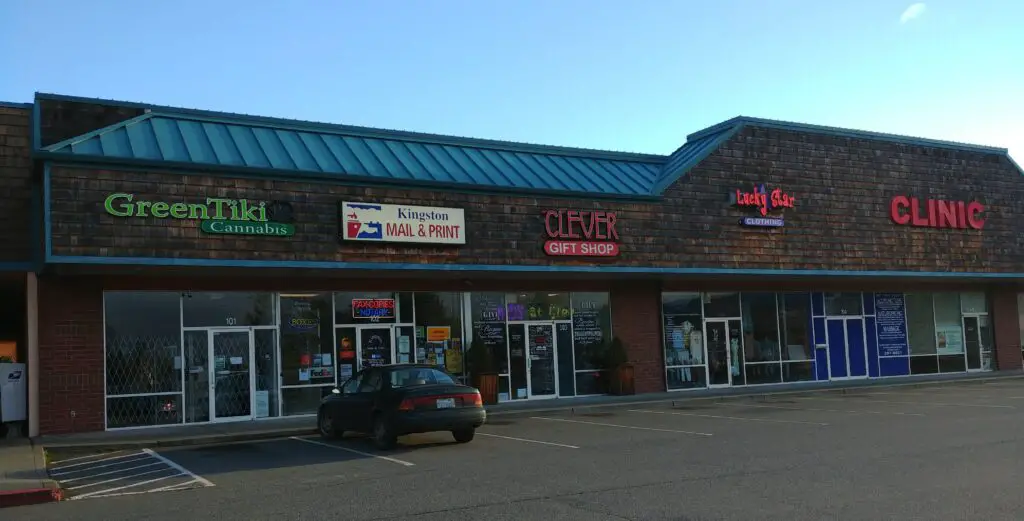
The retail landscape of the mid-2000s was characterized by the dominance of certain big-box stores and chain restaurants. If your suburb’s strip malls are still anchored by retailers that have faced significant struggles or even bankruptcies in recent years, it could be a sign of a peak era frozen in time. According to SchoolTube, the mid-2000s saw the height of some now-ailing national chains. The lack of newer, more vibrant retail options filling these spaces can indicate a slower economic evolution.
Vacant storefronts or the continued presence of outdated retail concepts can detract from the vibrancy of a suburb’s commercial areas. The inability to attract newer businesses that reflect current consumer trends might suggest a stagnation in the local economy or a lack of new development. The health and dynamism of a suburb’s retail sector are often key indicators of its overall growth and adaptability.
3. Limited Fiber Optic Internet Infrastructure

The mid-2000s were a transitional period for internet technology, with broadband becoming more widespread but fiber optic infrastructure still in its early stages of adoption in many suburban areas. If your suburb still lags in access to high-speed fiber optic internet, it could be a sign of infrastructure that hasn’t been significantly updated since that time. According to reports from the Fiber Broadband Association, the deployment of fiber internet has accelerated significantly in more recent years. The lack of this modern infrastructure can hinder economic growth and quality of life.
Reliable and high-speed internet is increasingly crucial for remote work, education, and overall connectivity in the 21st century. Suburbs that haven’t invested in upgrading their internet infrastructure may be at a disadvantage in attracting new residents and businesses. The presence of outdated infrastructure can be a significant indicator of a suburb that hasn’t kept pace with technological advancements.
4. An Overabundance of Big Box Stores Built in the Early 2000s
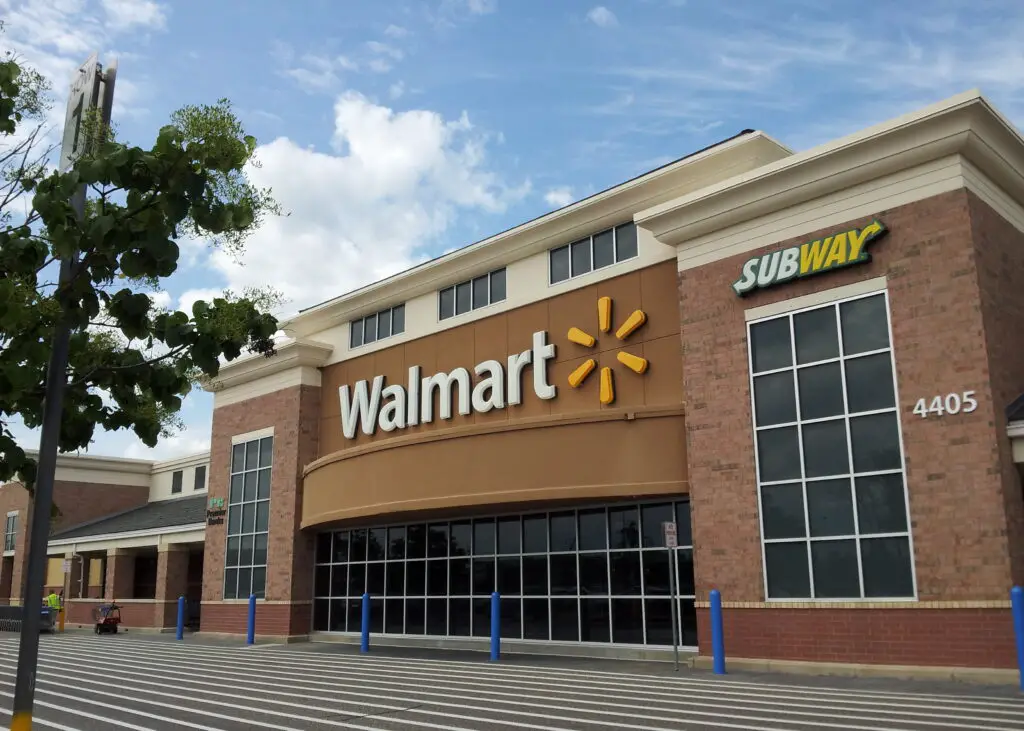
The early to mid-2000s saw a boom in the construction of large big-box retail stores in suburban areas. If your suburb is characterized by numerous sprawling shopping centers featuring these now-aging retail giants, it might reflect a development pattern that peaked in that era, says Harvard Business Review. While these stores still serve a purpose, the retail landscape has diversified significantly since then with the rise of e-commerce and smaller, more experiential retail concepts.
The lack of newer, mixed-use developments or a diversification of the retail sector beyond these large format stores can suggest a suburb that hasn’t fully adapted to changing consumer behaviors. The visual dominance of these older big-box centers can also contribute to a dated aesthetic. The evolution of a suburb’s retail footprint is a key indicator of its ongoing development.
5. Sidewalks That Suddenly Appear and Disappear
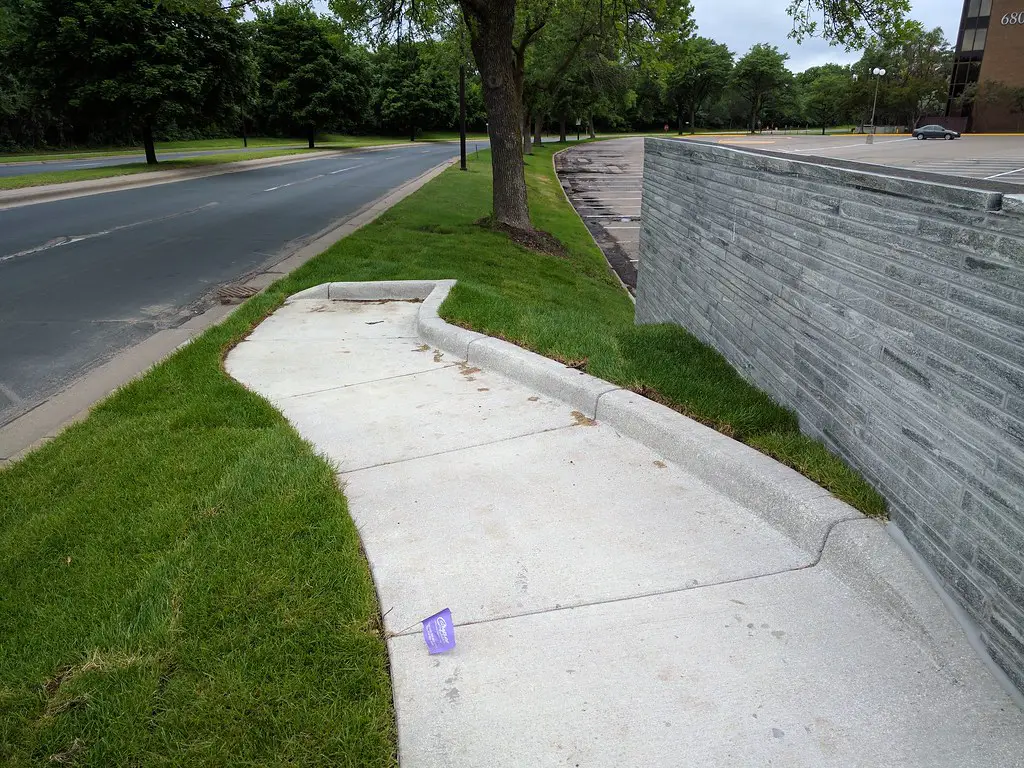
Suburban planning in the pre-2008 housing boom sometimes prioritized vehicular traffic over pedestrian infrastructure. If your suburb features sidewalks that start and stop abruptly, or are entirely absent in many residential areas, it could be a sign of planning that reflects the priorities of that era. According to urban planning principles, walkable communities are increasingly valued for their social, environmental, and health benefits. The inconsistency in pedestrian infrastructure can indicate a suburb that hasn’t fully embraced these modern planning ideals.
The presence of incomplete or missing sidewalks can make it difficult and unsafe for residents to walk or bike within their own neighborhoods. This lack of pedestrian connectivity can detract from the sense of community and limit opportunities for active transportation. Modern suburban planning often emphasizes complete streets that cater to all modes of transportation.
6. A Lack of Mixed-Use Developments and Walkable Town Centers
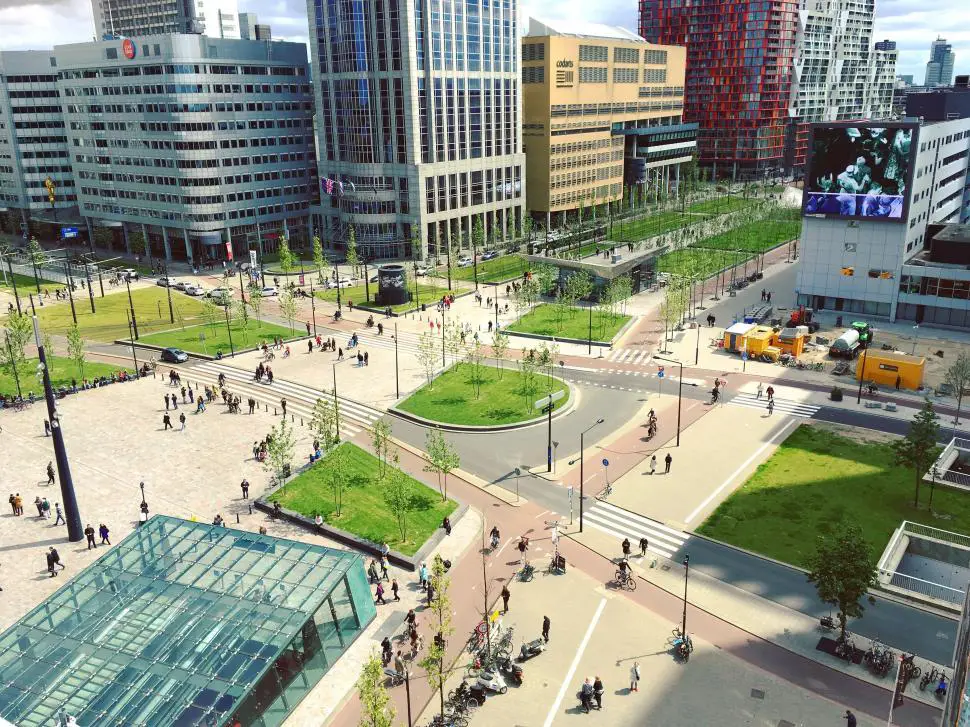
The development model prevalent in the lead-up to 2006 often favored single-use zoning, separating residential areas from commercial zones. If your suburb lacks vibrant, walkable town centers with a mix of residential, retail, and civic spaces, it might reflect this older planning approach. According to the American Planning Association, mixed-use developments are now recognized for creating more sustainable and livable communities. The absence of these integrated spaces can indicate a suburb that hasn’t embraced more contemporary urban design principles.
The lack of walkable town centers can limit social interaction and require residents to drive for even basic errands. Modern suburban development often aims to create more self-contained and pedestrian-friendly hubs. The presence of solely residential sprawl and isolated strip malls can be a sign of a suburb that peaked in an earlier era of planning.
7. An Abundance of Cul-de-Sacs and Limited Connectivity
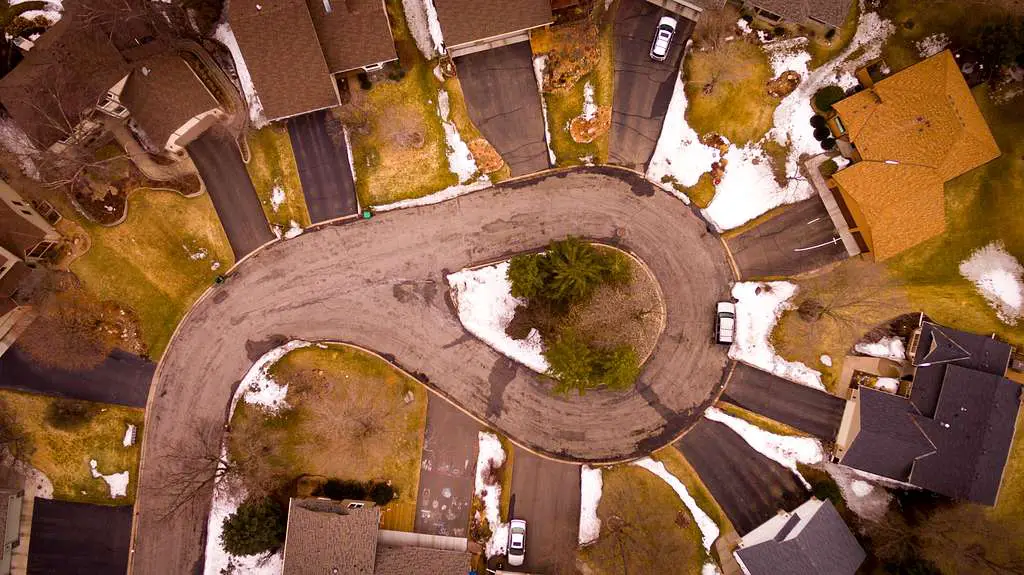
Suburban design trends in the late 20th and early 21st centuries often favored the use of cul-de-sacs in residential developments, intended to reduce traffic and enhance privacy. However, an overreliance on cul-de-sacs can lead to poor street connectivity and increased reliance on cars. If your suburb is characterized by winding streets that often dead-end, it might reflect this design trend from that era. Modern urban planning often emphasizes a more interconnected street grid.
Limited street connectivity can make it more difficult to navigate a suburb by foot or bike and can increase travel times by car. This design can also hinder the efficient delivery of emergency services. The dominance of cul-de-sacs can be a sign of a suburb planned according to the design principles prevalent around 2006.
8. Schools That Haven’t Seen Significant Upgrades or Modernization
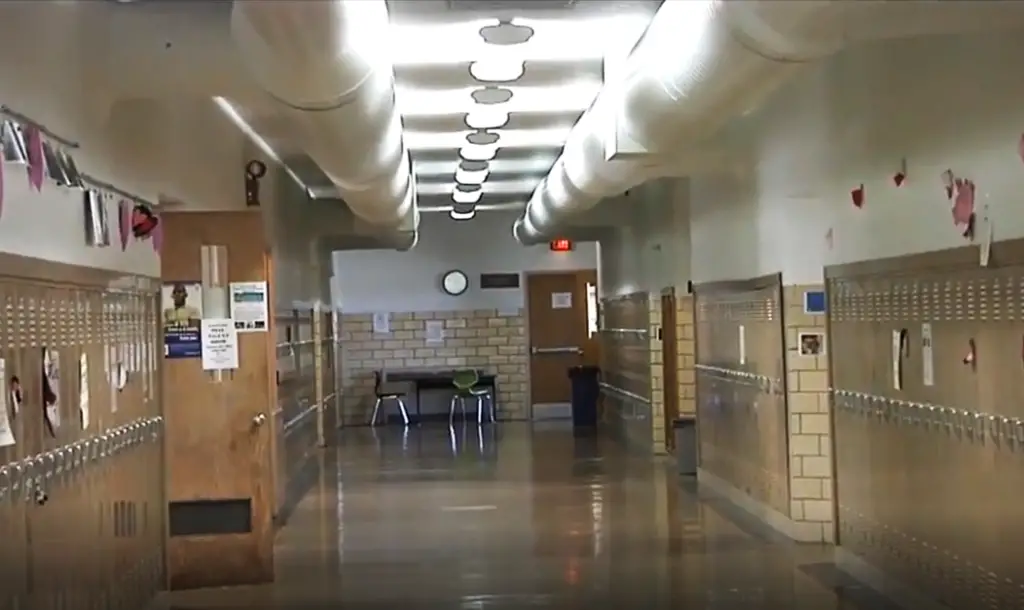
The condition and facilities of local schools can be a significant indicator of a suburb’s ongoing investment in its community. If the schools in your suburb appear dated, lacking modern technology or updated facilities, it might suggest a period where public investment has stagnated since the mid-2000s. According to educational facility planners, schools require regular upgrades to meet the evolving needs of students and educators. The lack of these improvements can be a concerning sign.
Outdated school facilities can impact the quality of education and make a suburb less attractive to families. Modern schools often incorporate technology, flexible learning spaces, and updated infrastructure. The state of a suburb’s schools is a key indicator of its overall vitality and commitment to its future.
9. A Lack of Diverse Housing Options Beyond Single-Family Homes
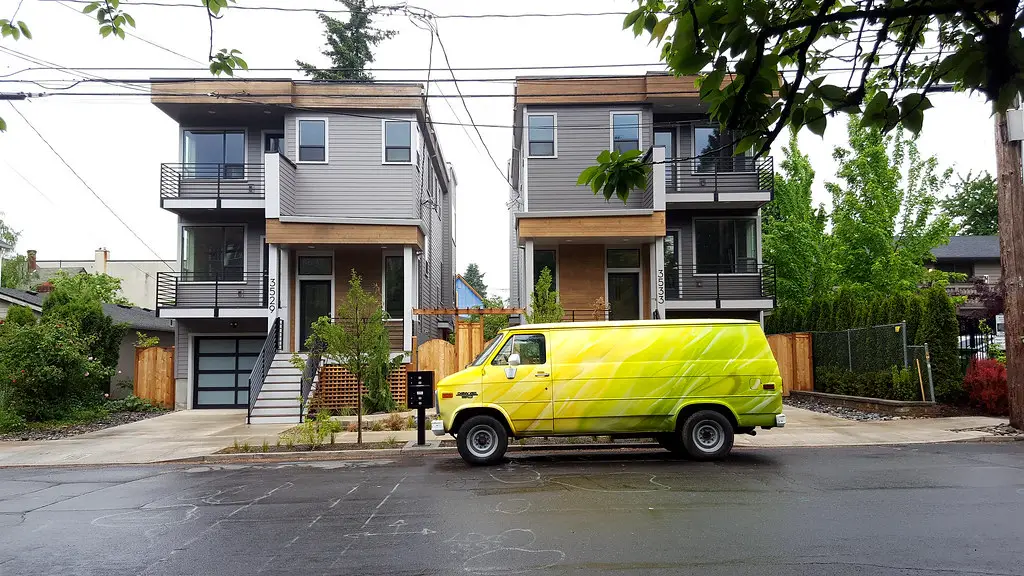
The housing boom of the mid-2000s was largely driven by the construction of single-family homes in traditional suburban subdivisions. If your suburb predominantly features this type of housing and lacks a diverse range of options like townhouses, condos, or apartments, it might reflect the development priorities of that era. Modern suburban planning often aims for a greater mix of housing types to accommodate different lifestyles and affordability levels.
The lack of diverse housing options can make a suburb less accessible to young professionals, empty nesters, and those with different housing needs. This homogeneity can also limit the social and economic diversity of the community. A suburb that hasn’t seen the development of varied housing types since the mid-2000s might be showing its age.
10. A Limited Number of Locally Owned and Independent Businesses
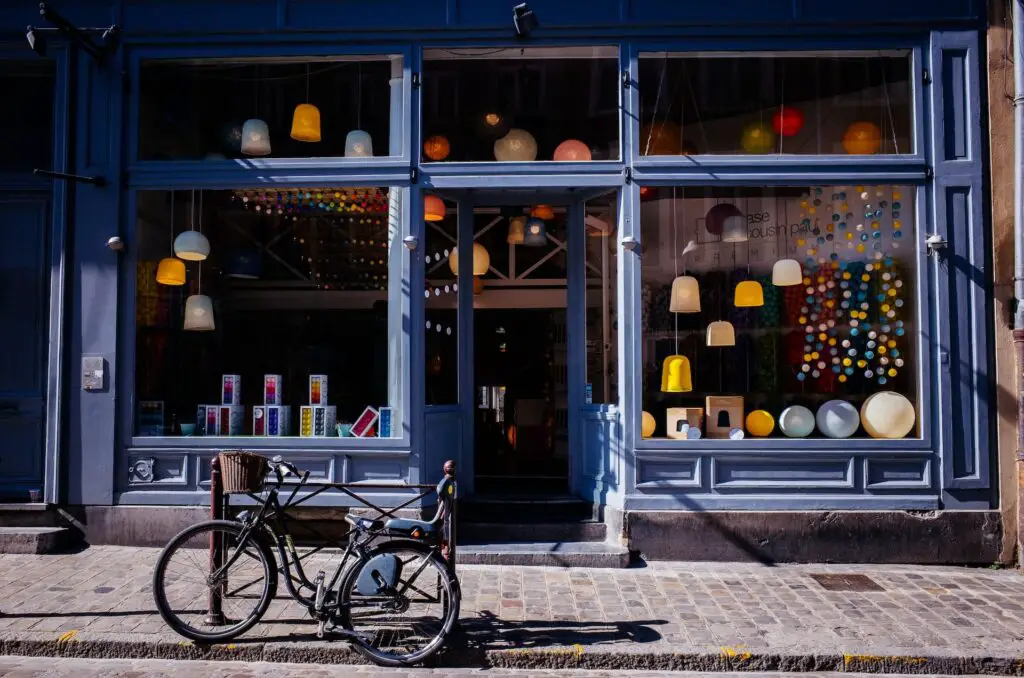
The retail landscape around 2006 was heavily influenced by large national chains. If your suburb’s commercial areas are still dominated by these types of businesses, with a limited presence of locally owned and independent shops and restaurants, it could indicate a lack of recent economic diversification and local entrepreneurship. The growth of independent businesses is often a sign of a thriving and evolving community.
A vibrant mix of local and national retailers can create a more unique and appealing atmosphere in a suburb. The lack of independent businesses might suggest a less dynamic local economy or a lack of investment in small-scale entrepreneurship since the mid-2000s.
11. Public Transportation That Hasn’t Expanded or Improved
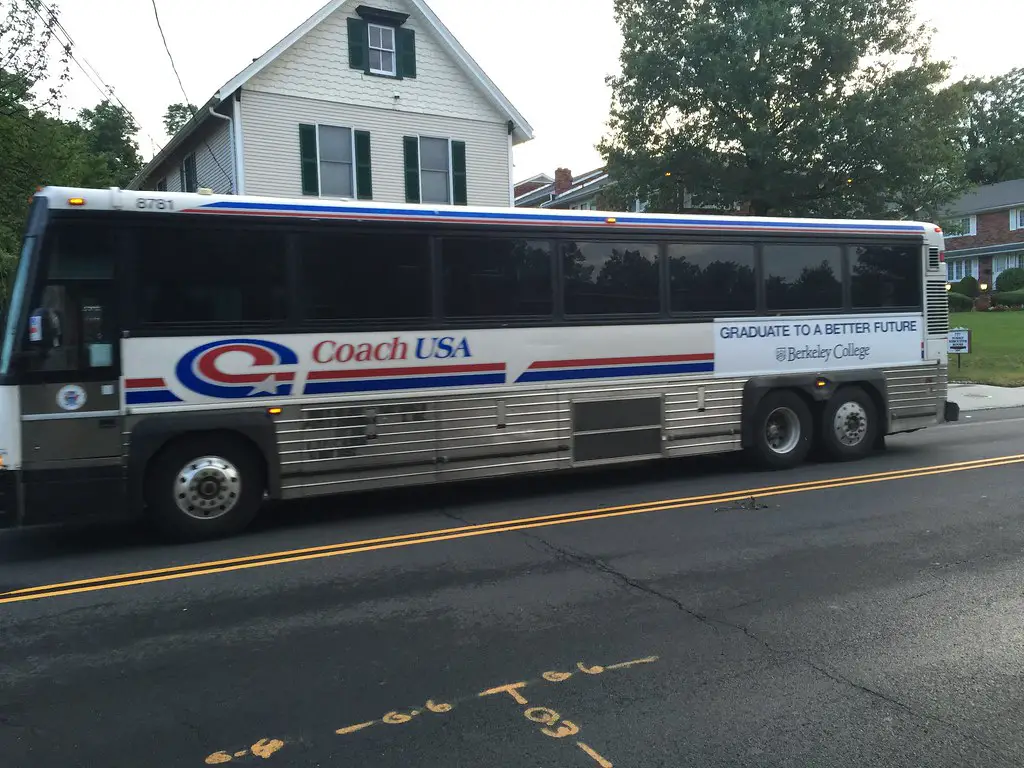
The mid-2000s saw varying levels of investment in public transportation in suburban areas. If your suburb’s public transportation options (buses, trains, etc.) remain limited in scope and frequency, without significant expansions or improvements since that time, it could be a sign of stagnant infrastructure investment. Modern suburban planning often recognizes the importance of robust public transportation for reducing traffic congestion and improving accessibility.
A lack of adequate public transportation can limit mobility for residents who don’t drive or prefer alternative modes of transportation. It can also hinder access to jobs and other opportunities. Suburbs that have prioritized public transportation improvements in recent years are often more attractive and sustainable.
12. A Declining or Stagnant Population Growth Rate
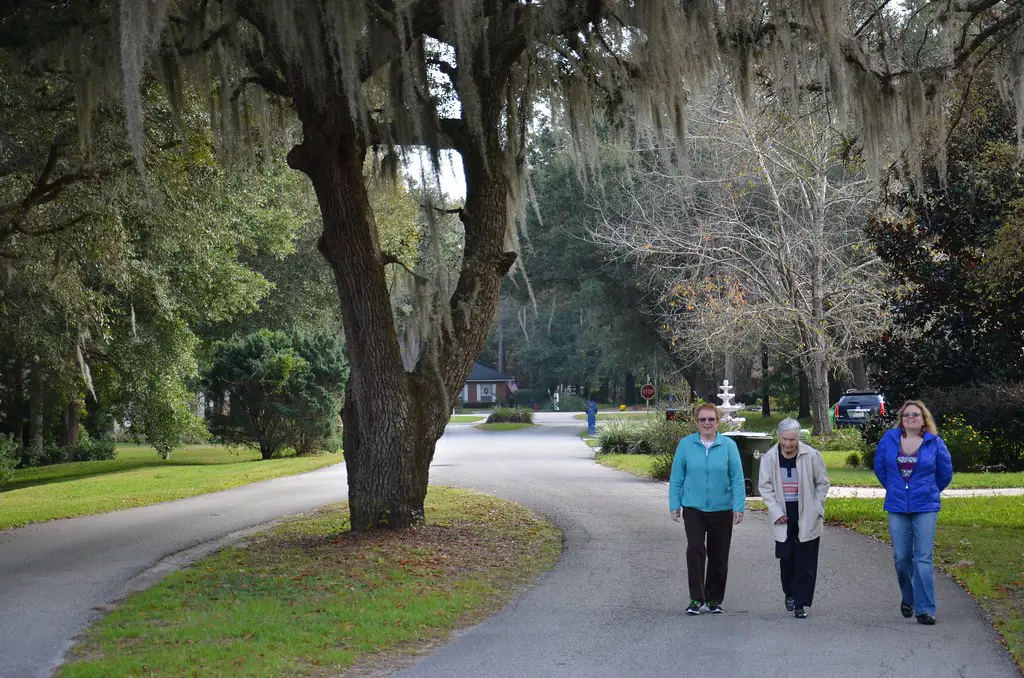
Suburbs that peaked in their development around 2006 might have experienced a slowdown or even a decline in population growth in subsequent years. This can be due to a lack of new housing development, limited job opportunities, or an aging demographic. Tracking population trends can offer insights into a suburb’s overall vitality and attractiveness. Data from the U.S. Census Bureau can provide information on population changes over time.
Stagnant or declining population can have a ripple effect on local businesses, school enrollment, and the overall tax base of a suburb. It can also indicate a lack of appeal to younger generations. Suburbs that continue to attract new residents are often those that are adapting and evolving.
13. A Sense That “Things Haven’t Changed Much” in the Last Two Decades
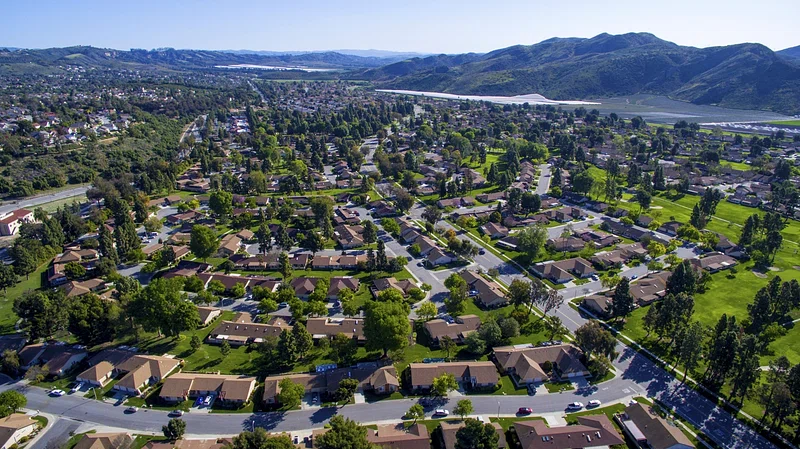
Perhaps the most subjective but telling sign is a general feeling among long-time residents that the suburb hasn’t changed significantly in the last two decades. This might manifest in the same stores being present, the same types of community events, and a general lack of new development or significant updates to public spaces. This anecdotal evidence can be a powerful indicator of a suburb that has remained largely static since its peak growth period around 2006.
While stability can be comforting for some, a lack of change can also indicate a lack of dynamism and adaptation to evolving societal needs and preferences. Suburbs that continue to evolve often see new businesses, updated infrastructure, and a changing demographic makeup. The feeling that time has stood still can be a significant sign.
14. An Aging Demographic with Limited Influx of Younger Residents

Suburbs that experienced rapid growth in the early to mid-2000s might now have an aging demographic if they haven’t attracted a significant influx of younger residents in recent years. A lack of diverse housing options, limited job opportunities for younger generations, or a lack of amenities appealing to them can contribute to this trend. Demographic data can reveal the age distribution of a suburb’s population.
A suburb with a predominantly older population might face challenges related to a shrinking workforce, declining school enrollment, and a lack of vibrancy. Attracting and retaining younger residents is often crucial for the long-term sustainability of a community.
15. The Lingering Effects of the 2008 Housing Crisis
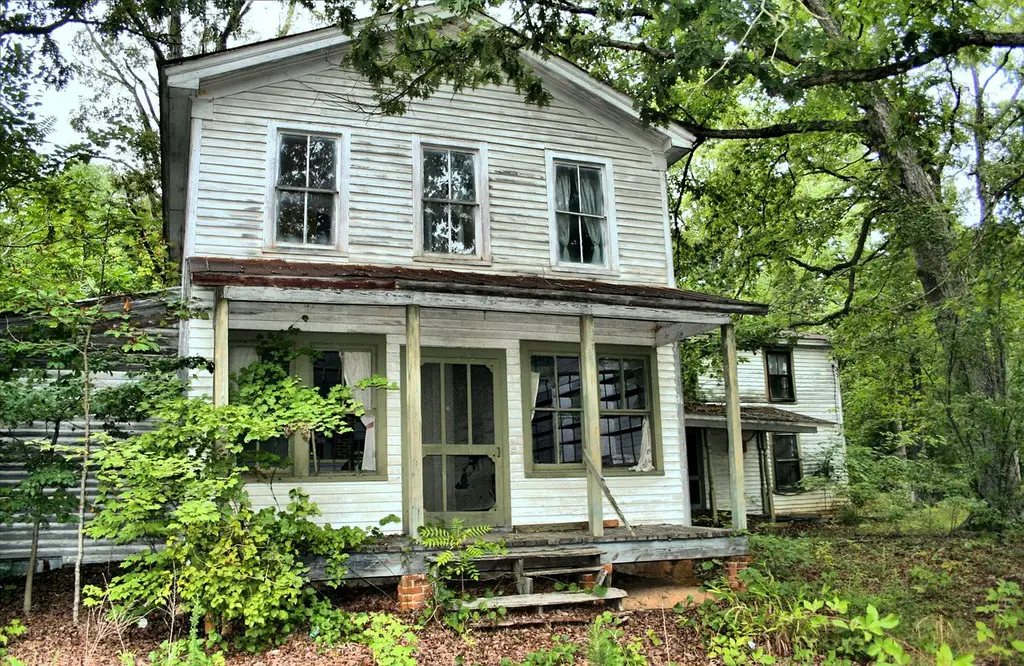
Suburbs that experienced a boom leading up to the 2008 housing crisis might still be grappling with some of its lingering effects, such as foreclosures or stalled developments. The visual reminders of this period, like abandoned construction sites or neighborhoods with a high number of vacant homes, can be a sign that the suburb hasn’t fully recovered or redeveloped since that economic downturn. Real estate data can provide insights into foreclosure rates and housing market recovery.
The presence of these lingering effects can impact property values and the overall appearance of a suburb. A slow recovery from the 2008 crisis can be a significant indicator of a suburb that peaked in the preceding years and has struggled to regain momentum.
